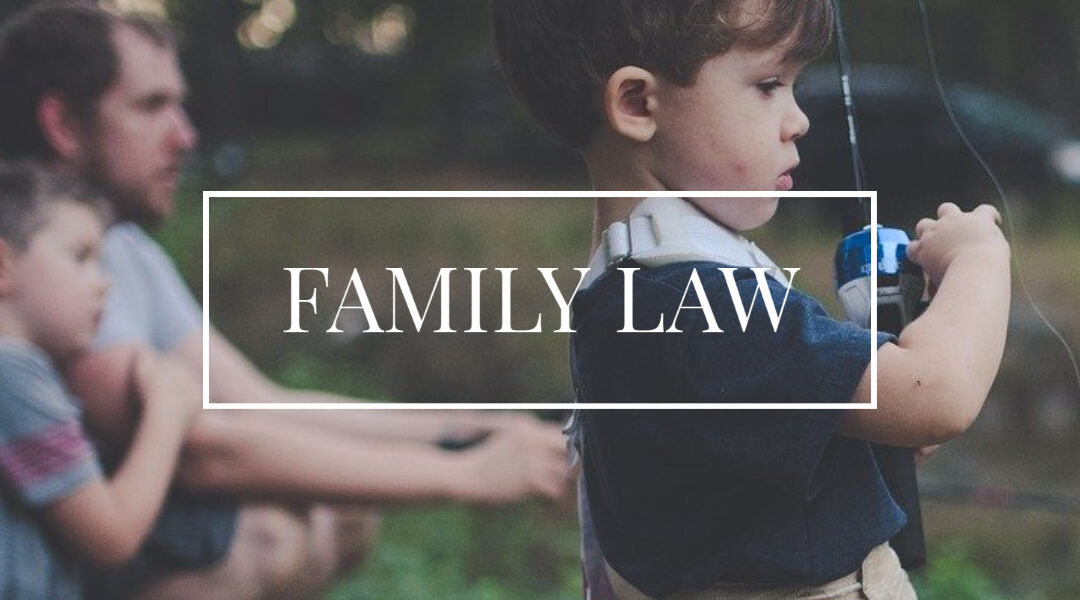Between the First and Second Meetings
There is a lot of work to be done between the first and second meetings. Usually after the first meeting, the clients will have to gather several documents including bank, savings, and investment account statements, retirement plan statements, employee compensation agreements and benefit statements, entity documents, tax returns, credit card statements, deeds, mortgages, and other similar information that will be used to create an inventory of assets, debts, and taxes owed. During this time period, the parties should begin working on a post-divorce budget and gain a better understanding of their financial interests and concerns.
If the parties have children, this is also the time to begin gathering information about each party’s specific interests and concerns relating to a parenting plan and arriving at some agreements on the details of a parenting plan.
Normally, about one month passes between the first and second meeting in order to allow the parties and lawyers sufficient time to complete their required work and to meet with the financial professional and counselor, if necessary.
The Second Joint Meeting
The second joint meeting will normally focus on two reviewing the assets and debts of the marital estate and identifying the major issues that concern the children.
By the second meeting, the parties are usually able to provide enough information to prepare a draft of an inventory listing all of the parties’ assets, debts, and taxes. In reviewing the inventory, the parties will want to determine if:
- All assets, debts and taxes have been listed;
- There are characterization issues or reimbursement issues; and
- There are valuation issues that need to be addressed.
The goal is to gather enough information and organize it in a way that all of the team members can have meaningful discussions and make informed decisions about financial issues.
As part of the collaborative law process, counselors, or other mental health professionals, can help the clients identify their goals, interest and concerns and learn to more effectively communicate and solve problems. They often lead the parties and attorneys though a discussion of the best process for resolving issues concerning the children. In more difficult cases, a child specialist may be brought in to try to help the parties reach agreements.
If more information needs to be gathered before the parties can begin to brainstorm settlement options, additional meetings and information gathering assignments may be scheduled to address those issues so that everyone may be satisfied that they can make informed and thoughtful decisions going forward.

